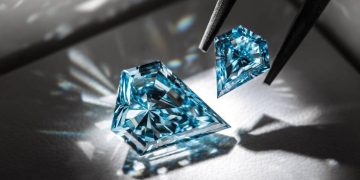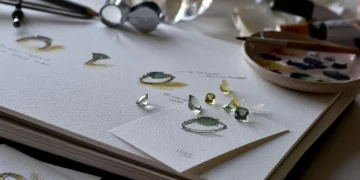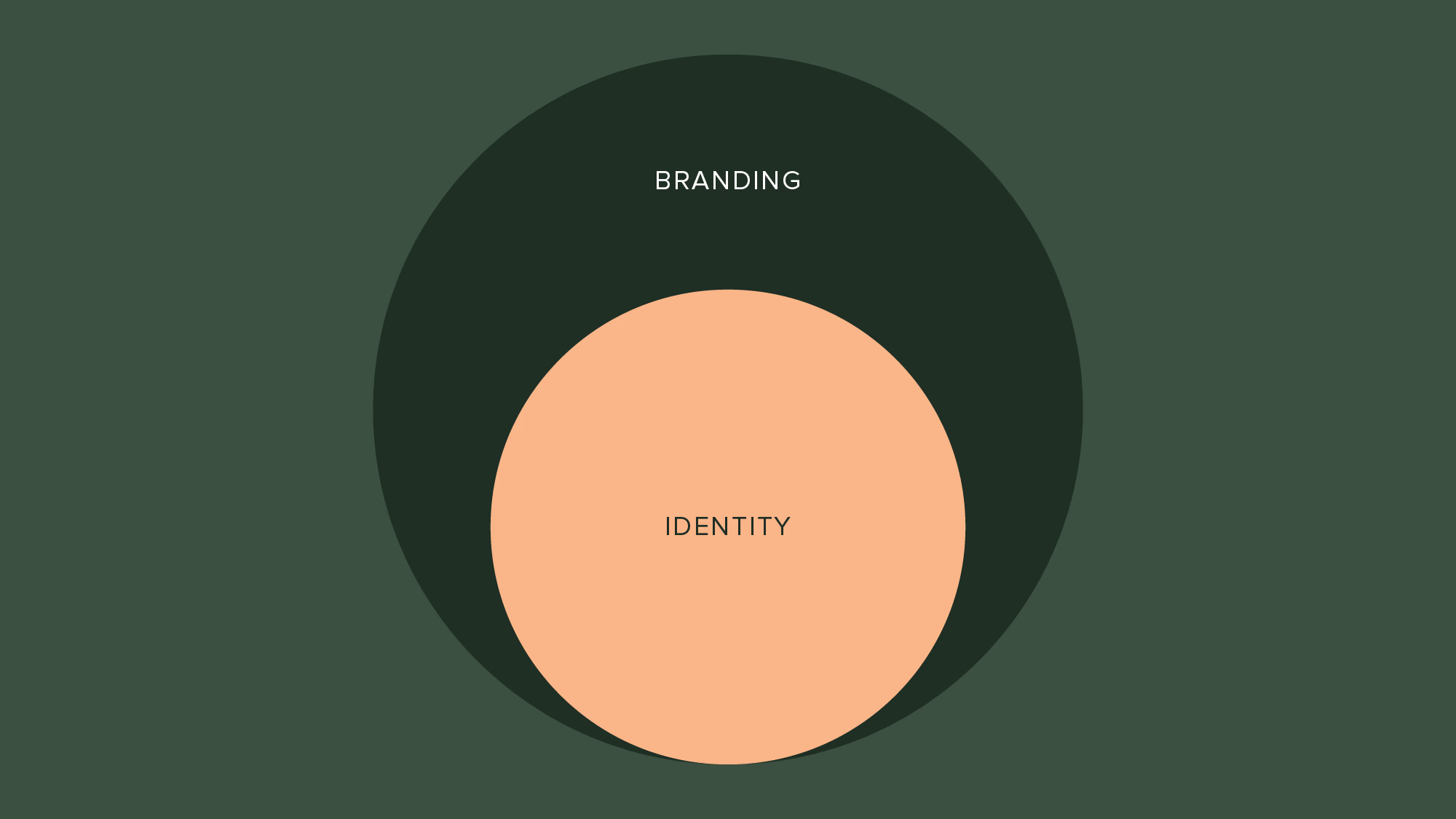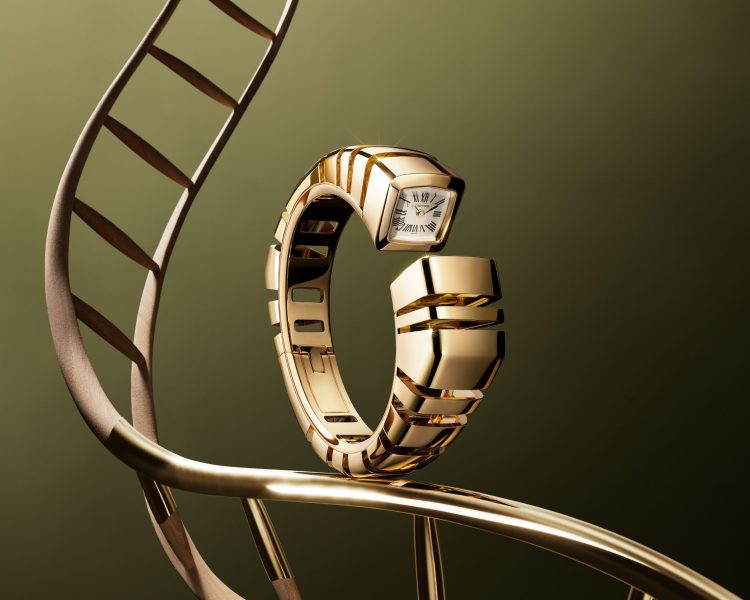In recent years, the luxury jewelry market has witnessed significant shifts, particularly concerning the preferences and purchasing habits of younger consumers. Once dominated by older, affluent buyers, the luxury jewelry sector is now seeing a notable transformation as millennials and Generation Z (Gen Z) emerge as powerful consumer groups. These younger consumers bring with them a fresh set of values, desires, and expectations that are reshaping the way luxury jewelry is designed, marketed, and consumed.
As these younger generations become more financially empowered, it raises the question: Is the demand for luxury jewelry among young consumers really changing? In this article, we will delve into the evolving demands of younger consumers in the luxury jewelry space, explore the factors driving these changes, and analyze how jewelry brands are adapting to cater to this new demographic.
1. Shifting Values: The Rise of Sustainability and Ethical Practices
One of the most significant shifts in demand among younger luxury jewelry consumers is the increasing emphasis on sustainability and ethical sourcing. Unlike previous generations, who may have been more focused on the intrinsic value of the gemstones and metals, millennials and Gen Z are particularly attuned to the environmental and social impact of their purchases.
A. Eco-conscious Consumerism
For younger buyers, the concept of luxury has expanded to include sustainability. They are more likely to demand ethically sourced diamonds, recycled materials, and responsibly mined gemstones. This shift is part of a broader movement toward sustainable consumption, where younger consumers are increasingly looking for brands that align with their values and ethical standards. Reports show that a significant portion of younger consumers are willing to pay a premium for products that are sustainably produced and socially responsible.
Brands responding to this trend: Jewelry companies like Chopard, Tiffany & Co., and Bvlgari have taken major steps toward sustainability. Chopard, for instance, has embraced fairmined gold, while Tiffany & Co. has committed to sourcing all of its diamonds from sustainable and ethical mines. These brands understand that transparency in sourcing and production is not just a trend but a requirement for building long-term loyalty with younger buyers.
B. Transparency and Traceability
Young consumers also demand transparency regarding the origins of their jewelry. Thanks to digital technologies like blockchain, consumers are now able to track the journey of their purchased gemstones and metals, ensuring that these materials are ethically sourced and not contributing to social or environmental harm. This demand for traceability is particularly important to younger generations who care deeply about corporate social responsibility and the ethical practices of the brands they support.
2. Redefining Luxury: Beyond Traditional Symbols of Wealth
Traditionally, luxury jewelry was seen as a symbol of status, wealth, and exclusivity. However, younger generations are redefining what luxury means to them. For many millennials and Gen Z consumers, luxury is less about displaying wealth and more about personalization, self-expression, and experiences.
A. Personalization and Customization
Younger consumers are increasingly interested in personalized jewelry pieces that reflect their unique tastes and identities. The demand for custom designs, whether through engraving, bespoke gemstones, or personalized settings, is on the rise. These consumers want jewelry that speaks to their individual styles and allows them to express their personal narratives.
For example, brands like Pandora have successfully capitalized on the trend for personalized jewelry, offering customizable charm bracelets and rings. Similarly, Tiffany & Co. offers bespoke services where customers can work with designers to create one-of-a-kind pieces.
B. Lifestyle and Experience Over Ownership
Another notable change is the shift from ownership to experience. Younger generations are increasingly prioritizing experiential luxury over material ownership. Instead of purchasing a luxury item to flaunt as a status symbol, they may be more inclined to spend on experiences like travel, events, or other lifestyle experiences that offer emotional value.
This preference for experiences is also reflected in the way younger consumers approach luxury jewelry. They may opt for high-quality jewelry pieces that have a timeless aesthetic, but rather than acquiring vast collections of traditional luxury pieces, they may prefer a smaller, curated selection of items that reflect their lifestyle and experiences.
3. Digital Transformation and the Role of Social Media
The rise of digital media and social networks has had a profound impact on how younger consumers approach luxury jewelry. Social media platforms like Instagram, TikTok, and Pinterest have become critical tools for jewelry brands to engage with younger consumers, as well as for consumers to discover, share, and even purchase luxury items.
A. Social Media Influences
Younger consumers are increasingly influenced by social media and celebrity endorsements when making purchasing decisions. Jewelry brands are recognizing the power of social platforms to connect with younger buyers and are leveraging influencers to showcase their products in a more relatable and authentic way. The rise of micro-influencers who have dedicated followings on platforms like Instagram has created a new avenue for jewelry brands to reach potential buyers who trust the recommendations of these influencers.
Additionally, YouTube and TikTok have made jewelry unboxing and styling videos a major trend. Young consumers often turn to these platforms to discover how their favorite influencers wear jewelry, and this leads to a greater desire to purchase similar pieces or collections that have been featured.
B. E-commerce and Virtual Try-Ons
As younger consumers increasingly make purchases online, e-commerce has become an essential component for jewelry brands. Virtual try-on technology has become a popular tool for brands to allow consumers to experience their jewelry digitally before making a purchase decision. This technology allows customers to visualize how a piece will look on them, providing a more interactive and personalized shopping experience.
Jewelry brands like Cartier, Tiffany, and Bvlgari are integrating Augmented Reality (AR) into their e-commerce platforms to enable virtual try-ons. This creates a more immersive shopping experience and caters to a digitally native audience that values convenience and technology in their purchasing decisions.

4. The Price Range and Accessibility of Luxury Jewelry
Another change in younger consumers’ demand for luxury jewelry is their willingness to spend on luxury, but often with a focus on affordability and value for money. While millennials and Gen Z consumers still view jewelry as an aspirational product, they are increasingly seeking pieces that are reasonably priced while still offering the allure of luxury.
A. Mid-Luxury and Affordable Luxury
Young consumers are showing a preference for mid-luxury or affordable luxury brands, opting for quality jewelry pieces that offer a sense of luxury without the extremely high price tags associated with top-tier luxury brands. Brands like Pandora, Monica Vinader, and Mejuri have gained significant traction among younger consumers by offering high-quality jewelry at more accessible prices.
These brands strike a balance by offering timeless designs and elevated materials like sterling silver, gold plating, and semi-precious stones, making luxury jewelry more attainable for younger buyers without compromising on quality.
B. Investment Jewelry and Resale Value
Interestingly, while younger consumers are more budget-conscious, they also view certain luxury jewelry purchases as investments. Unlike previous generations, who primarily sought to purchase jewelry as a symbol of status, younger buyers are increasingly interested in pieces that may retain or even appreciate in value over time.
This shift toward jewelry as an investment aligns with the growing interest in sustainable luxury, as well as the preference for timeless and classic designs. Brands that focus on crafting pieces with intrinsic value—such as rare gemstones, limited editions, and quality materials—can appeal to younger consumers seeking to make wise investments in luxury jewelry.
5. Conclusion: A New Era for Luxury Jewelry
The luxury jewelry market is undergoing a significant transformation driven by the evolving values, desires, and purchasing behaviors of younger consumers. Sustainability, personalization, and digital engagement are among the most important trends shaping the future of the jewelry industry. Young consumers are no longer driven solely by the traditional symbols of wealth and exclusivity but instead are seeking jewelry that aligns with their personal values, style, and experiences.
As younger generations continue to gain financial independence, their demands will likely continue to shape the jewelry industry in profound ways. Jewelry brands that understand and adapt to these changing preferences will be well-positioned to attract and retain this growing demographic of affluent, socially conscious, and digitally-savvy consumers. The future of luxury jewelry lies in offering personalized, sustainable, and value-driven products that resonate with the modern sensibilities of young buyers.

















































